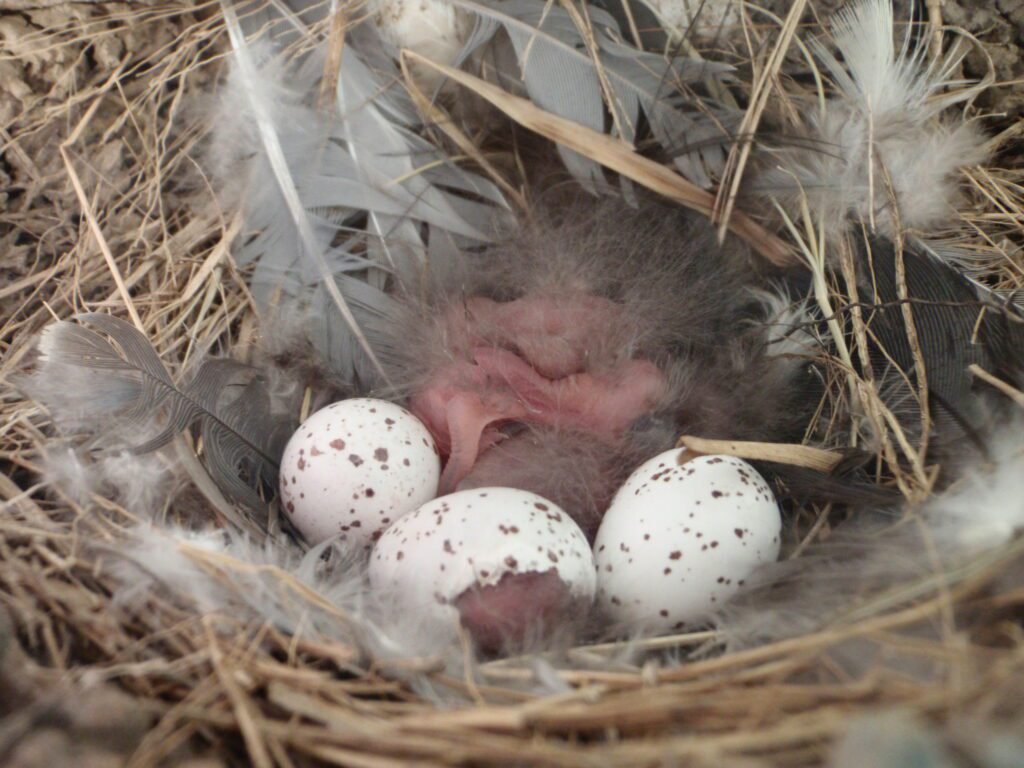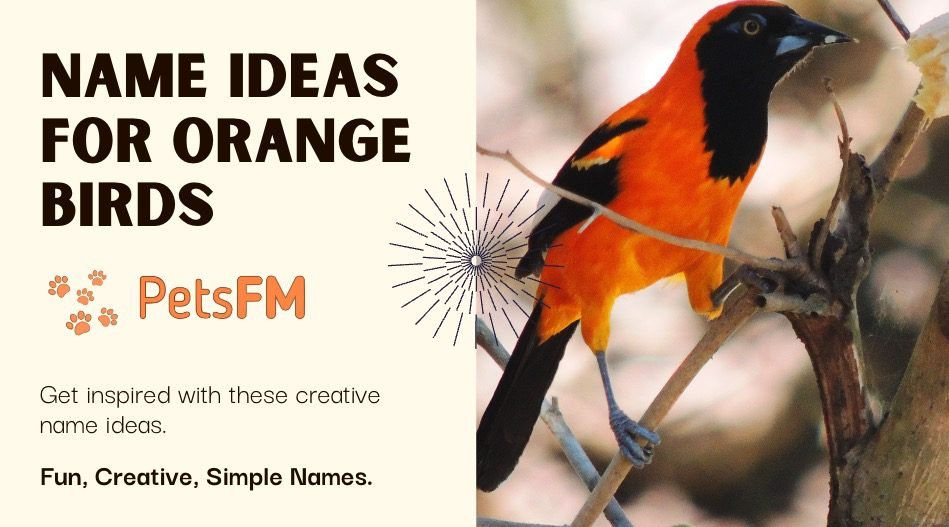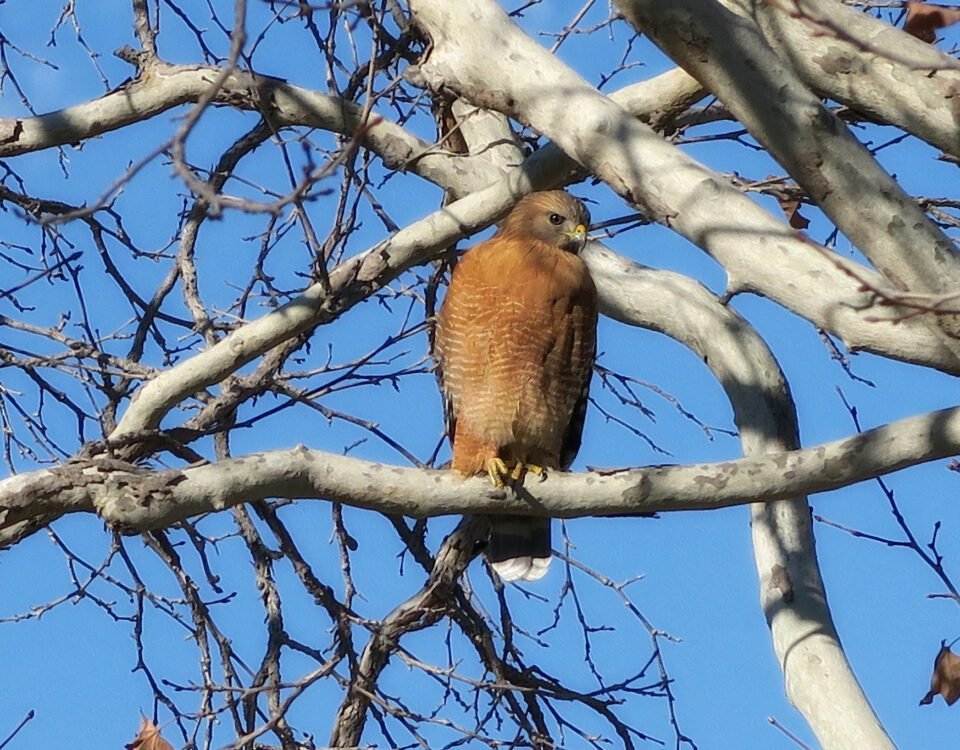


Do Hawks Attack & Eat Foxes? Your Question Answered
October 21, 2023


How To Keep A Baby Bird Warm? 7 Latest Techniques
October 21, 2023Baby birds undergo a remarkable transformation from the moment they hatch until they’re ready to leave the nest. Within a short span, these fragile, featherless creatures transform into fully-fledged birds, prepared for the world outside.
The growth rate is astonishing, especially considering the variety of bird species and their unique developmental timelines. Understanding how quickly baby birds grow offers a fascinating glimpse into the world of avian development and the wonders of nature.
Here’s a quick answer:
Birds mature into adults in approximately 36 days, ranging from 28 to 40. However, this growth period differs among species. For instance, Wilson’s warblers can mature in as little as 22 days, while Jabirus might need up to 113 days. Generally, larger bird species require a more extended period to fully develop than smaller ones.
Let’s delve deeper into the bird growth stages.
How Fast Can Baby Birds Grow?
Raising young birds, particularly songbirds, demands significant effort. They need consistent and well-balanced meals due to their swift growth compared to mammals.
Take robins, for instance: they leave the nest by day 14 and are self-reliant by day 30. They typically reach their full size between 20 to 30 days. For perspective, humans take 16-20 years to mature! Even larger species, like the Canada goose, grow within just two months.
Although some birds achieve their full size quickly, many remain with their parents post-fledging. While robins gain independence two weeks after exiting the nest, others linger with their parents to acquire skills like hunting. Species like Canada geese or crows may stay with their parents for over a year.


Birds in Nest
This rapid growth, while impressive, has risks. Health issues from dietary deficiencies or inadequate feeding can arise, endangering the young bird’s chances in the wild. Hence, it’s always preferable for fledglings to be raised either by their own kind or, if necessary, by certified wildlife rehabilitators.
Reaching sexual maturity often takes more time. Small birds might be prepared to find their first mates within a year or two. In contrast, more giant birds, especially those with extended lifespans, might require several years to reach sexual maturity. Regardless of the time it takes for a bird to mature, the fundamental stages of their development remain consistent.
How Baby Birds Grow and Develop
When baby birds come out of their eggs, they can be of two main types: altricial and precocial.
Altricial Birds: These baby birds are born with little or no feathers, and their eyes are closed. They entirely depend on their parents for everything. Examples are songbirds, hummingbirds, and woodpeckers.
Precocial Birds: These birds have fluffy feathers when they hatch, can see, and can walk almost right away. Ducks and geese are good examples.
- No matter the type, all baby birds need their parents’ attention initially. Parents keep them warm, bring them food, and keep them safe.
- Young birds eat a lot, usually small insects or foods rich in protein, which helps them grow strong.
- Altricial birds start to become weak and can’t move much, but they open their mouths wide for food.
- As days pass, they get stronger, need to eat less often and start to have more feathers.
- On the other hand, precocial birds can walk and even swim from the start. However, they get tired fast and like to stay close to their parents.
Growing Feathers and Gaining Strength
As altricial birds get bigger, they grow more feathers, especially on their wings. Their eyes open wider, and they move around more. They might still have some skin showing, especially on their heads. Precocial birds also grow bigger and start to get their adult feathers.
Soon, baby birds sit on branches and have fluffy feathers on their heads. They get bigger, and their wings grow more feathers. The tail feathers grow last because they’re big and need space. Precocial birds, at this point, have many adult feathers but might still look a bit messy because of the baby fluff.
Leaving the Nest
Before they’re good at flying, baby birds start to leave the nest. They might jump around on the ground, getting stronger every day. Some people think these birds are lost, but their parents know where they are and still bring them food.
![]()
![]()
After a while, young birds look almost like adults. They’re about the same size but might act strange because they’re still learning. Every day, they learn more about where to sleep, what to eat, and which animals are dangerous.
The Next Steps in Life
When baby birds are grown up, what happens next differs for each kind. Some birds stay with their family until the next time babies are born. Then, they have to leave and find their own home.
Others might help their parents with the next set of babies. Some birds leave their family as soon as they can take care of themselves, finding their way alone.
Helping Baby Birds Grow
If you find young birds in your vicinity, there are several ways to assist them in their development and ease their growth challenges.
- Supply suitable nesting materials, enabling parents to build sturdy and protective nests.
- Install well-designed birdhouses that cater to the needs of nesting birds.
- Provide nutritious food during the summer, suitable for growing chicks.
- Take measures to deter stray cats, safeguarding fledglings from potential threats.
- Create a landscape that’s welcoming for birds of every age.
- Learn the right steps to assist a baby bird that seems to be in trouble.
By familiarizing yourself with the developmental phases of young birds, enthusiasts can not only identify them more easily but also cater to their specific needs, ensuring their transition to healthy adulthood.
How Long Does It Take For A Bird’s Egg To Hatch?
On average, bird eggs require around 18 days to hatch, ranging between 10 to 30 days, depending on the species. For instance, Dark-eyed Junco eggs take about 14 days, whereas Wood Duck eggs take up to 40 days. Generally, the eggs of larger birds require more time to hatch than smaller birds.


Hatching Eggs
How Long Do Baby Birds Take To Finally Fly?
After hatching, birds typically take around 19 days to master flying, ranging from 12 to 21 days. The time varies across species; American Robins are quick learners and take about 9 days, while Bald Eagles might need up to 72 days. As a general rule, the bigger the bird, the longer it takes for them to learn to fly.


How Long Do Baby Birds Stay In The Nest?
On average, fledglings remain in the nest for 19 days. The actual duration can range between 12 to 21 days and is influenced by the bird’s size, with larger birds usually staying longer than smaller ones.
When Do Baby Birds Depart from the Nest?
Fledglings typically venture out of the nest during the early morning hours. This strategy helps them reduce the risk of being noticed by predators. They prefer to make their initial flights and practice maneuvers during daylight, often hopping from one branch to another.
Editor’s Pick: How to Actually Become a Bird Breeder: A-Z Guide
Final Thoughts
With their diverse species and varying sizes, birds experience different timelines for growth and development. From the moment an egg is laid to a fledgling’s first flight, the journey is fascinating and complicated.
Whether it’s eggs’ varying durations to hatch, the time fledglings spend in the nest, or their first ventures into the world, each phase is crucial to their survival and well-being. By understanding these developmental milestones, bird enthusiasts can better appreciate the wonders of avian life and contribute to the conservation and support of these magnificent creatures.



